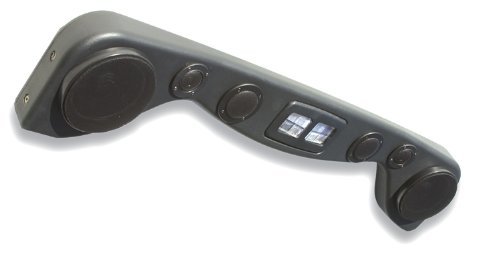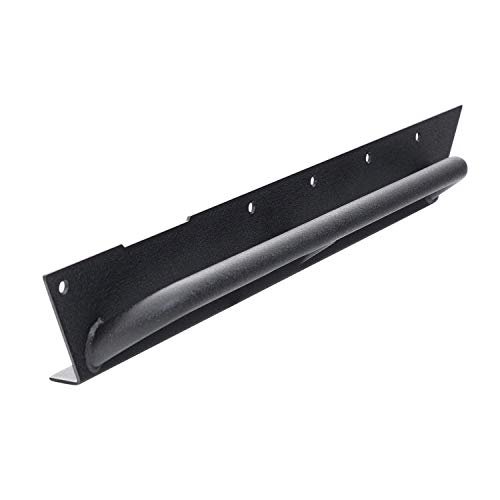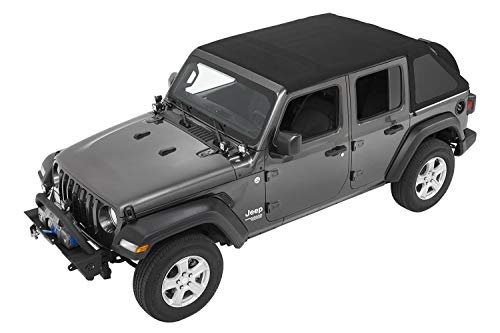To put coolant in a Jeep Patriot, locate the coolant reservoir and add coolant until it reaches the recommended level. The Jeep Patriot is a reliable and popular SUV known for its durability and off-road capabilities.
As a responsible vehicle owner, it’s crucial to maintain the proper coolant levels to prevent engine overheating and ensure optimal engine performance. We will discuss where to put coolant in a Jeep Patriot and provide step-by-step instructions for adding coolant to the reservoir.
By following these simple guidelines, you can maintain the longevity and efficiency of your Jeep Patriot’s engine, ensuring a smooth and trouble-free driving experience.
Checking The Coolant Level
Inspecting the coolant level in your Jeep Patriot is an essential part of routine maintenance. To begin, you need to locate the coolant reservoir. In most Jeep Patriots, the coolant reservoir is typically situated near the radiator. It is a translucent plastic container with minimum and maximum markings. To check the coolant level, make sure the engine is cool and the vehicle is parked on a level surface.
Here are some tips to ensure a safe and efficient coolant level check:
| Step 1: | Open the hood of your Jeep Patriot. |
| Step 2: | Locate the coolant reservoir. |
| Step 3: | Check the coolant level against the minimum and maximum markings on the reservoir. |
| Step 4: | If the coolant level is below the minimum marking, add a 50/50 mixture of coolant and water to bring it up to the desired level. |
| Step 5: | Securely replace the cap on the coolant reservoir. |
| Step 6: | Start the engine and let it run for a few minutes to allow the coolant to circulate. |
| Step 7: | Check for any leaks or abnormalities in the coolant system before driving your Jeep Patriot. |
Regularly checking the coolant level in your Jeep Patriot is crucial for maintaining optimal engine performance and preventing overheating. By following these simple steps, you can ensure your vehicle has the right amount of coolant to keep it running smoothly.

Credit: www.ebay.com
Adding Coolant To Your Jeep Patriot
When it comes to adding coolant to your Jeep Patriot, it’s important to know the correct procedure. Follow this step-by-step guide to ensure you do it correctly:
- First, park your Jeep Patriot on a level surface and let the engine cool down. This will prevent any accidental burns.
- Locate the coolant reservoir, which is usually a translucent plastic container located near the radiator or firewall.
- Check the coolant level by inspecting the markings on the reservoir. The level should be between the minimum and maximum marks.
- If the coolant level is low, prepare the correct mixture of coolant and water. Refer to your owner’s manual or consult a professional to determine the appropriate ratio for your vehicle.
- Open the coolant reservoir cap slowly to release any pressure. Be cautious as hot coolant might be present.
- Pour the prepared coolant mixture into the reservoir until the level reaches the desired mark.
- Once finished, close the reservoir cap tightly and ensure there are no leaks.
Remember to use the correct coolant mixture for your Jeep Patriot and follow best practices while filling the reservoir. Regular maintenance and proper coolant levels are essential for the optimal performance and longevity of your vehicle.
Maintaining Coolant Levels In Your Jeep Patriot
Properly maintaining the coolant levels in your Jeep Patriot is crucial for its overall performance and longevity. Coolant serves the important function of regulating the engine temperature and preventing overheating. Regular maintenance ensures that the coolant is at the correct levels and is functioning effectively.
Jeep Patriot owners should pay attention to recommended coolant flush intervals. Typically, it is advised to perform a coolant flush every 30,000 to 50,000 miles or every 3 to 5 years, depending on the manufacturer’s recommendations.
Monitoring your Jeep Patriot for signs of coolant leaks is also important. Common signs of coolant leaks include low coolant levels, overheating engine, sweet smell in the cabin, and coolant puddles under the vehicle. If you notice any of these signs, it is vital to address the issue promptly to prevent further damage to the engine.
Regular maintenance and addressing coolant leaks in your Jeep Patriot will ensure that the coolant levels are optimum, thereby promoting the vehicle’s performance and preventing potential engine damage.
Frequently Asked Questions Of Where To Put Coolant In Jeep Patriot
What Is The Coolant Symbol On A Jeep Patriot?
The coolant symbol on a Jeep Patriot is a thermometer inside a wave-like symbol. It indicates the status of the engine coolant temperature.
How Do I Add Coolant To My Jeep?
To add coolant to your Jeep, locate the coolant reservoir and ensure the engine is cool. Remove the cap and slowly pour the coolant into the reservoir until it reaches the “MAX” line. Take care not to spill any coolant and make sure the cap is securely tightened before driving.
Where Is The Coolant Tank Located?
The coolant tank is typically located near the front of the engine compartment, next to the radiator. Look for a plastic reservoir marked with coolant level indicators and a cap that unscrews easily. It’s important to check and maintain proper coolant levels for optimal engine performance.
What Is The Importance Of Putting Coolant In A Jeep Patriot?
Coolant is essential in a Jeep Patriot as it helps regulate the engine’s temperature, preventing it from overheating. This helps prolong the life of the engine and improves overall performance.
Conclusion
Properly maintaining the coolant levels in your Jeep Patriot is crucial for the optimal performance of your vehicle. By following the steps mentioned above, you can easily locate the coolant reservoir and safely add coolant when needed. Regularly checking and replenishing the coolant will ensure that your engine stays cool and prevents overheating issues.
Keeping your Jeep Patriot running smoothly will not only increase its lifespan but also contribute to a comfortable and stress-free driving experience.







